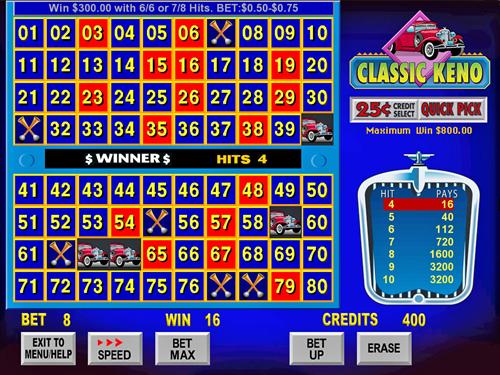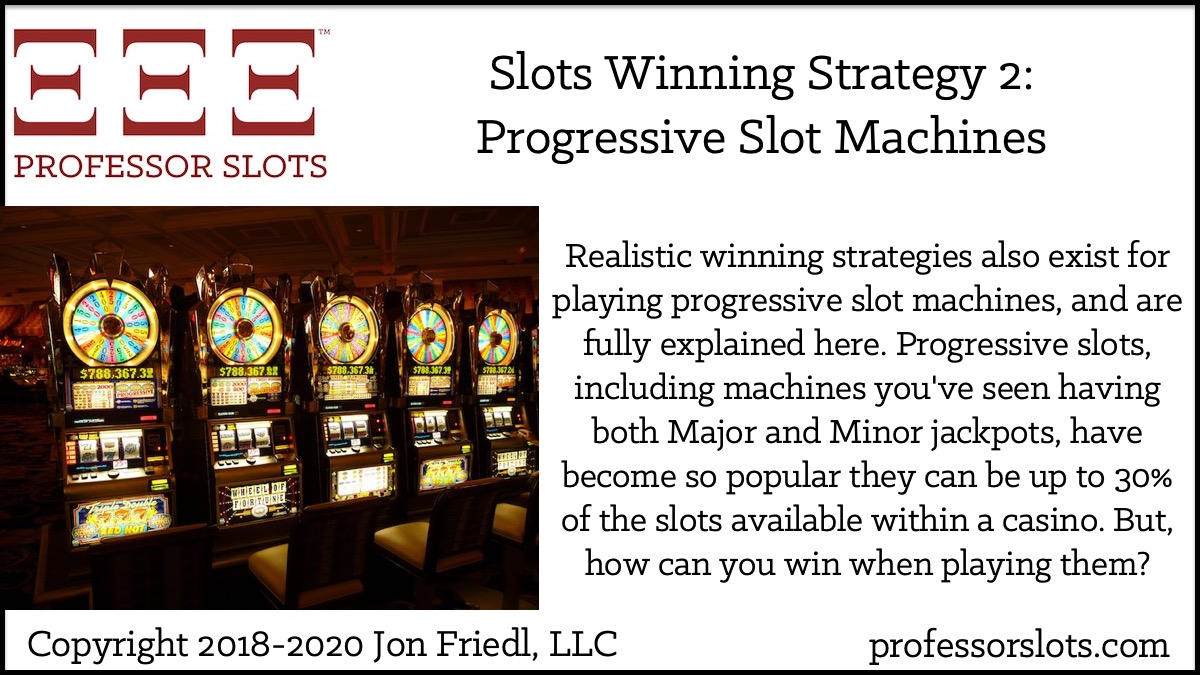Keno Slot Machine Strategy

It may sound intimidating, but Multi-Card Keno is no more difficult than any single-card keno game you can find online. Standard keno is played with only one card per round, but Multi-Card Keno can be played with up to 20 cards simultaneously. When you’re playing with multiple cards, you rely on more than just one set of numbers for a payout. The fact that there are several other cards you can fall back on helps you get a return profit.
Multi-Card Keno is available online in free play mode and real money mode, and many consider it the most advanced variation of the popular keno lottery-based gameplay. You can try your luck by switching among various sets of numbers or playing the same numbers on each individual card at the same time.

Free Multi Card Keno
All in all, the best Keno strategy is simply the one that makes playing the game the most enjoyable for you, and to the extent that you are successful doing that, you will get the most out of your Keno play, which is exactly what you want. Keno Strategy and Odds. A reel-spinning slot machine typically features 3 or 5 reels/cylinders with symbols and blanks printed on them. Matching these symbols in certain combinations leads to a winning payout. Video slots play the same, but they may have up to 7 reels, each representing three rows of five symbols.
How Many Picks to Play?

Welcome to the ultimate slot machines guide, along with the beginner guide, a list of frequently asked questions, but also tips for the most advanced players. Keno Strategy There is no magical Keno strategy that will guarantee you a win but there are many tips you will learn here to give you the best possible odds. Although you can win higher amounts if you pick more numbers, the odds of winning reduce as you need more Catches in order to win. You’d think there were only so many ways to play keno, but you’d be wrong. There are an infinite number of ways to play keno, or at least so you’d think judging by the plethora of keno games that keep getting churned out by ever inventive and ever enterprising developers.
In Multi-Card Keno, playing all the available cards will increase the wager by a factor of whatever the number of cards you choose (four times for four cards, twenty times for 20 cards) from the one-card keno. Prior to commencing, the player needs to select the number of cards and the number of digits he/she wishes to bet on. Usually, it is required to pick the same amount of numbers on each purchased card.
Specific varieties of Multi-Card Keno will allow 1-7 cards, but some will go up to as 20 cards played at once. Each of the cards has 80 numbers on it and the player chooses from 1 to 20 numbers. The more numbers you pick, the stakes get higher, as well as the payouts – according to the paytable seen on screen. The more you match, the more you win – it’s that simple.
There aren’t as many Multi-Card Keno games on the market as single-card keno games, but you can find them at better equipped online casinos and gaming hubs.
Looking for winning keno patterns is an important part of playing the game. And learning how to take advantage of those patterns can be a benefit to the player.
If you’re familiar with casino gambling, you know that casinos make their profits from having an edge (an advantage) on every game they have on the floor. However, there are rare instances when casinos have made mistakes. When that happens things can go very wrong for the casino. You’re about to read a fascinating story, as reported by Steve Bourie, about one of those instances that occurred many years ago at a casino in Canada.
Keno Slot Machine Strategy Chart
Casino de Montreal first opened for business in October 1993 and one of the games it offered was keno. It was the typical keno game that uses the numbers from 1 to 80. Twenty numbers out of the 80 are selected randomly and players try to guess which numbers will be chosen. In this particular game, players guess anywhere from 1 to 20 numbers.
Keno Strategy That Works
Interestingly, the casino offered the pick 20 on two types of keno games – mechanical and electronic. That’s a lot of keno patterns. In the mechanical version the numbers were printed on 80 standard ping pong-type balls and were chosen by a blower system that mixed the balls and then allowed the balls to escape to a chute one-at-a-time so the numbers could be called out. The electronic version used a computer chip called a random number generator (RNG) to determine its 20 numbers. These electronic machines had been used in numerous Las Vegas casinos for years and are known to be reliable.
Daniel Corriveau was a freelance computer consultant who enjoyed using his skills to look for patterns in winning lottery numbers. When the new casino opened in his home province of Quebec he decided to turn his attention to the casino’s keno game. Eventually, he thought he detected specific keno patterns in the electronic version of the game and he went to the casino on April 10, 1994 to test out his theory. By the end of the evening he had hit 19 out of 20 numbers three consecutive times, plus some other number combinations for a total win of $620,000.
Knowing that it was statistically impossible to accomplish such a feat, the casino personnel immediately shut down the electronic game and decided not to pay Courriveau until they conducted an inquiry into what had happened. After all, they wanted to make sure that there wasn’t some elaborate scheme underway to defraud them.
After conducting a full-scale police investigation, including a polygraph exam, the casino called a press conference 17 days later to announce that Courriveau had legitimately won his bets and presented him with a check for $620,000.
So how was that possible? Did Mr. Courriveau really discover a winning system for predicting keno numbers? In a way he did – for that particular machine. The key was to be found in the keno patterns.
It turns out that there was an unknown bug, a problem, with the electronic version of the keno game. Although a RNG can literally produce hundreds of millions of different number combinations it always has to have a starting point, or seed, to begin its calculations. It then uses that number to do the math to come up with a new number which then becomes the seed for the next calculation. It then uses that number to do the math for the next calculation and that result becomes the seed for the next calculation. This process is repeated continuously. The one thing to keep in mind, however, is that because the calculations are always the same the RNG needs a different seed each time or else it will come up with the same numbers. In other words, if the starting seed doesn’t change, the RNG will simply come up with the same results time after time.
As mentioned before, the electronic machines had a history of working perfectly in Las Vegas, but in Las Vegas the casinos are open 24 hours a day. The machines are on all the time. It was different in Montreal. The casino didn’t operate on a 24-hour schedule. The machine was shut off at some point every night for several hours. When the machine was turned on the next day it always started its calculations at the initial seed which was programmed into it. Since the seed never changed, the machine simply kept repeating the same keno patterns of numbers. Mr. Courriveau was lucky enough to spot the pattern but anyone probably could have done the same had they kept a history of the winning numbers. After the problem, the casino still offered keno, but only the mechanical version. The electronic keno game never reopened after Courriveau’s big win.
Discover how to take advantage of keno patterns using your own numbers for any spot (3 through 10): Keno Smart Charts Download